
As with any apex predator, muskies exist in lower numbers than other game fish. Even where muskies are considered abundant, anglers face a far less favourable fish-per-acre ratio than with bass, walleye, or panfish.
Some of the best muskie water on earth is found within the broad area known as the Canadian Shield. From the lower reaches of Georgian Bay up through the province’s vast northwest corner, consistent muskie hounds dedicate a huge amount of their time to finding these fish. In places like Lake of the Woods, the French River, the aforementioned Georgian Bay, and countless other lakes and rivers, Shield muskie anglers are typically faced with lots and lots of water to probe. Big water and low overall population densities automatically place location at the top of the list when it comes to successfully landing and releasing these special fish.
The good news is that muskies are a reasonably patternable and predictable species. By mid-summer, finding them on many of the Shield’s classic fisheries can be as simple as working spots with three key ingredients: rocks, weeds, and depth. Though the process is rarely quick, striving to fish spots where these elements meet will help you run into muskies with much greater frequency, as muskies rule the roost on the best possible zones on structure.
Let’s break them down in detail.
Rocks
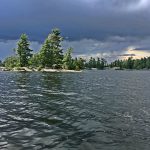
The undisputed calling card of Shield habitat is rock. It ’s everywhere. Shallow shoals, deep humps, points, spines, coves, and walls all form places for muskies to use. Rock piles or mixed boulders can break up a field of weed growth or they can form hard edges that muskies can back into and hide. Rocks rise up from sandy, silty, or muddy bottoms to form humps or shoals at any level, from the surface down through the depths. If you’re a Shield muskie angler, you spend lots of time fishing on or near structure made up of rock.
Good muskie rocks are rarely smooth, uniform, or boring. Complex rocky elements hold more food, offer more vantage points, and simply give fish a broader range of appealing options. Whether you cast or troll them, rock elements usually require precise boat and lure control. The threat of lost baits or worse, damaged boats and motors, is always present. Complicated, diverse rock features with multiple depth changes, twists, turns, extensions, and pockets are king.
Unlike weeds, rocks are there to stay, so “sketching” great rock features using your GPS and waypoints locks in the lay of the land, so to speak. It’s time consuming, but a wise investment for your long-term understanding and effectiveness on spots.
Weeds
Crisp, live weed growth is often the cherry on the sundae of good muskie structure. Like rocks, weeds give a muskie additional ambush options. Both major Esox species, muskies as well as pike, naturally relate to subsurface weed growth in early to mid-summer. Move spots where dense, vibrant weeds make up some of the landscape to the top of your list.
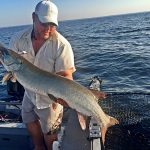
Remember, it’s all about quality with weeds, not necessarily quantity. Weed placement is huge, too. Zones where they combine with and complement other rock and depth features are key. A small patch of healthy weed the size of a coffee table can be more than enough to hold a muskie. Set it on the tip of a deep, lingering underwater point, on the inside corner of a deep pocket, or near the highest crown of an otherwise barren shoal, and you’ve really got something. Weed growth can be extremely fluid from season to season, based on water temperatures and levels, late-ice conditions, current, and other factors. Knowing the status of the weed growth on the spots you’ve selected is a key detail.
On my waters, a huge part of the muskies’ diet is perch and these little fish love weeds. Smallmouth bass aren’t typically thought of as prime muskie forage, but they absolutely should be, and fresh cabbage or coontail weeds are magnetic to smallmouth at this time. Good weeds on the Shield exist in varying levels from one body of water to the next, but there’s little doubt that they serve as a focal point for the entire food chain.
Depth
Regardless of any potential spot’s make-up, my first analysis of it never changes. I want to know the highest structure in the water column and where the fastest drop falls into the deepest water. The high spot needs to be established. It can break the surface and be readily visible. Other times, finding it is a matter of sonar work. From there, finding the quickest route into the deepest water nearby becomes the focus. Sharp deep-water access makes it easy for muskies to climb up into spots and it also makes it easy for them to exit, into the safety of the depths.
“Deep” is certainly a relative measurement. On Lac Seul it might mean 15 feet. On the North Channel of Lake Huron, it might mean 150. Spots that sit on or near the deepest water — and providing rocks and weeds are also present — are excellent places to start.
The numbers simply don’t lie. Looking back at muskie catches from great structures, so many of mine, my friends’, and my guests’ occur in close relation to the deepest, sharpest-dropping zones. Looking at big fish, the numbers get even more lopsided.
Breaking down spots and prospecting new muskie water with the Shield trifecta in mind isn’t a cure-all or a silver bullet. There are no shortcuts to consistent success. But, by following this basic blueprint, and being observant and aware, you’ll find plenty of willing muskies this summer.
Originally published in the June 2018 edition of Ontario OUT of DOORS magazine


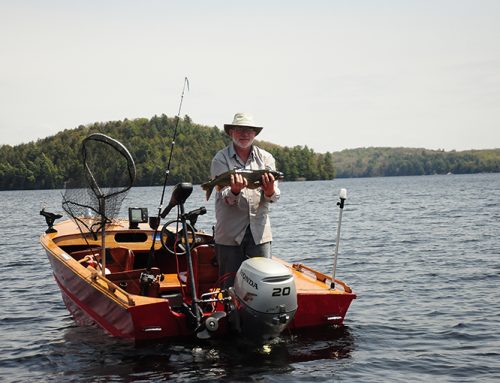
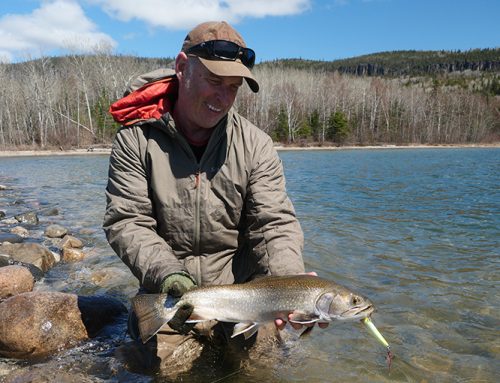
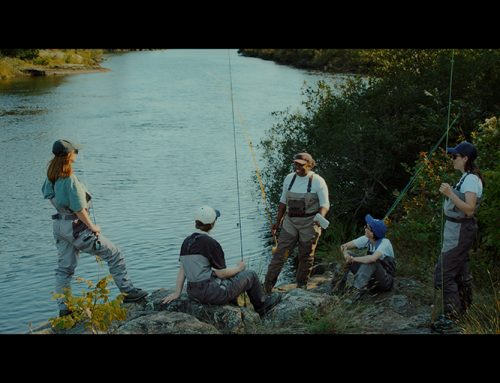
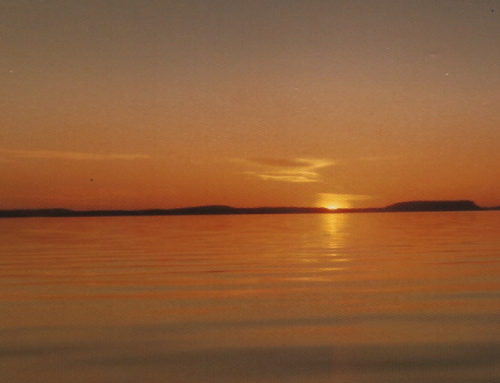
Leave A Comment